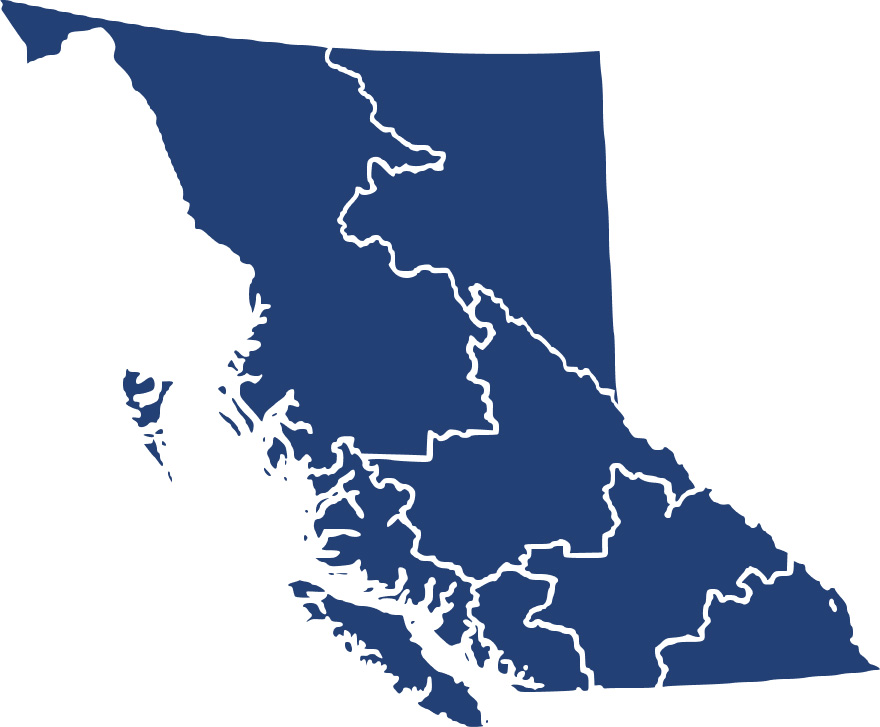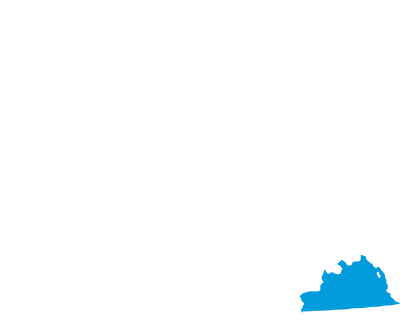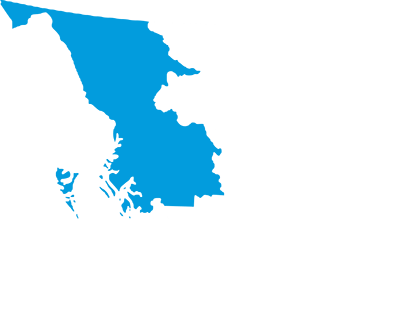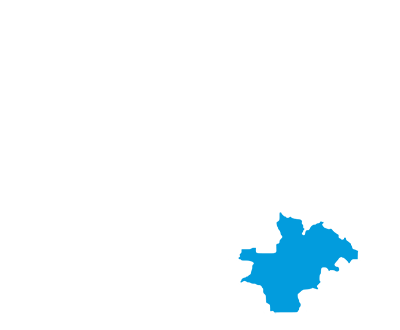Career Overview
Insurance underwriters:
- Review and evaluate insurance applications to determine insurance risks, insurance premiums and extent of insurance coverage according to company policies
- Work at head and branch offices of insurance companies
Duties
Insurance underwriters:
- Review individual and group applications for automobile, fire, health, liability, life, property, marine, aircraft and other insurance
- Evaluate new and renewal applications to determine insurance risks, insurance premiums, level of insurance coverage and other conditions of the insurance contract using medical reports, rate tables and other documents and reference materials
- Adjust premiums, coverage or risk itself to make acceptance of new and renewal applications possible
- Approve sale of insurance policies and ensure compliance with government regulations
- Provide recommendations on individual or group insurance plan designs
- Provide underwriting advice and answer questions from clients and from insurance agents, consultants and other company personnel
- Prepare underwriting reports and update insurance forms when necessary
Earnings
Earnings is income that workers receive in exchange for their labour. Depending on the type of employment, earnings can be in the form of wages (hourly), salaries (fixed monthly or annual) or self-employed earnings.
Work Environment
# Workers Employed
1,720% Employed Full Time
83%Work in this occupation is typically performed in a structured environment, such as an office.
Career Pathways
Promotion to management positions, such as underwriter manager, is possible with experience.
Completion of educational programs through the Insurance Institute of Canada or its provincial counterparts entitles insurance underwriters to professional recognition as an Associate of the Insurance Institute of Canada (A.I.I.C.) and with additional university courses, as a Fellow of the Insurance Institute of Canada (F.I.I.C.).
Related Careers
Occupational Interests
It’s important to understand what kinds of occupations align with your interests.
For more about occupational interests visit Skills for the Future Workforce > Characteristics.
Here are the top occupational interest(s) for this career profile:
Job Titles
Education, Training and Skills
- Completion of secondary school and some general insurance experience or a bachelor's degree, college diploma or some post-secondary education is required.
- Several years of on-the-job training and completion of insurance industry underwriting courses and training programs are required.
Education programs in B.C.

Skills
Every job calls for a certain set of skills. Knowing those skills is the first step in finding a good career fit.
Here, you will find the 10 most relevant workplace skills. Some are more important to achieving success in a certain career than others. These skills may come naturally to you or you may need to gain them through education, training and experience.
See the list of work-related skills below, ranked in order of importance for this career. Check out the list and see if this career matches your skills—take that first step!
Giving full attention to what other people are saying, taking time to understand the points being made, asking questions as appropriate, and not interrupting at inappropriate times.
Using logic and reasoning to identify the strengths and weaknesses of alternative solutions, conclusions or approaches to problems.
Understanding written sentences and paragraphs in work-related documents.
Communicating effectively in writing as appropriate for the needs of the audience.
Talking to others to share information effectively.
Considering the relative costs and benefits of potential actions to choose the most appropriate one.
Understanding how new information could be used to solve current and future problems in making decisions.
Being able to solve novel, ill-defined problems in complex, real-world settings.
Keeping track of and assessing your performance, other individuals, or organizations to make improvements or take corrective action.
Actively looking for ways to help people.
Labour Market Statistics
Discover data, facts and information that have been gathered and analyzed. Learn about the characteristics of the economy and labour market in B.C.
Employment
Find out about employment types and trends by region and industry.
Employment
1,720Employment by Region















| Region | Employment | % Employment of this Occupation |
|---|---|---|
| Cariboo | 10 | 0.6% |
| Kootenay | 0 | 0.0% |
| Mainland/Southwest | 1,425 | 82.8% |
| North Coast and Nechako | 0 | 0.0% |
| Northeast | 0 | 0.0% |
| Thompson-Okanagan | 105 | 6.1% |
| Vancouver Island/Coast | 175 | 10.2% |
Labour Market Outlook
The B.C. Labour Market Outlook is a 10-year forecast of the expected supply and demand for labour in the province. It’s usually updated every year. The purpose is to provide British Columbians with the knowledge to make informed decisions on careers, skills training, education and hiring.
Forecasted Job Openings (2023-2033)
580Forecasted Job Openings
Forecasted Employment Growth Rate
Composition of Job Openings
Job Openings by Region (2023-2033)















| Region | Job Openings | Avg. Annual Employment Growth |
|---|---|---|
| Cariboo | Not available | Not available |
| Kootenay | Not available | Not available |
| Mainland/Southwest | 430 | 0.9% |
| North Coast and Nechako | Not available | Not available |
| Northeast | Not available | Not available |
| Thompson-Okanagan | 80 | 1.1% |
| Vancouver Island/Coast | 80 | 1.7% |
Industry Highlights
Learn about the opportunities in B.C.'s major industries, including employment trends, earning potential, locations of work and more.
Forecasted Job Openings by Industry
| Industry | Job Openings (2023-2033) |
|---|---|
| Finance, Insurance And Real Estate | 580 |
Resources
Resource information is currently not available.








